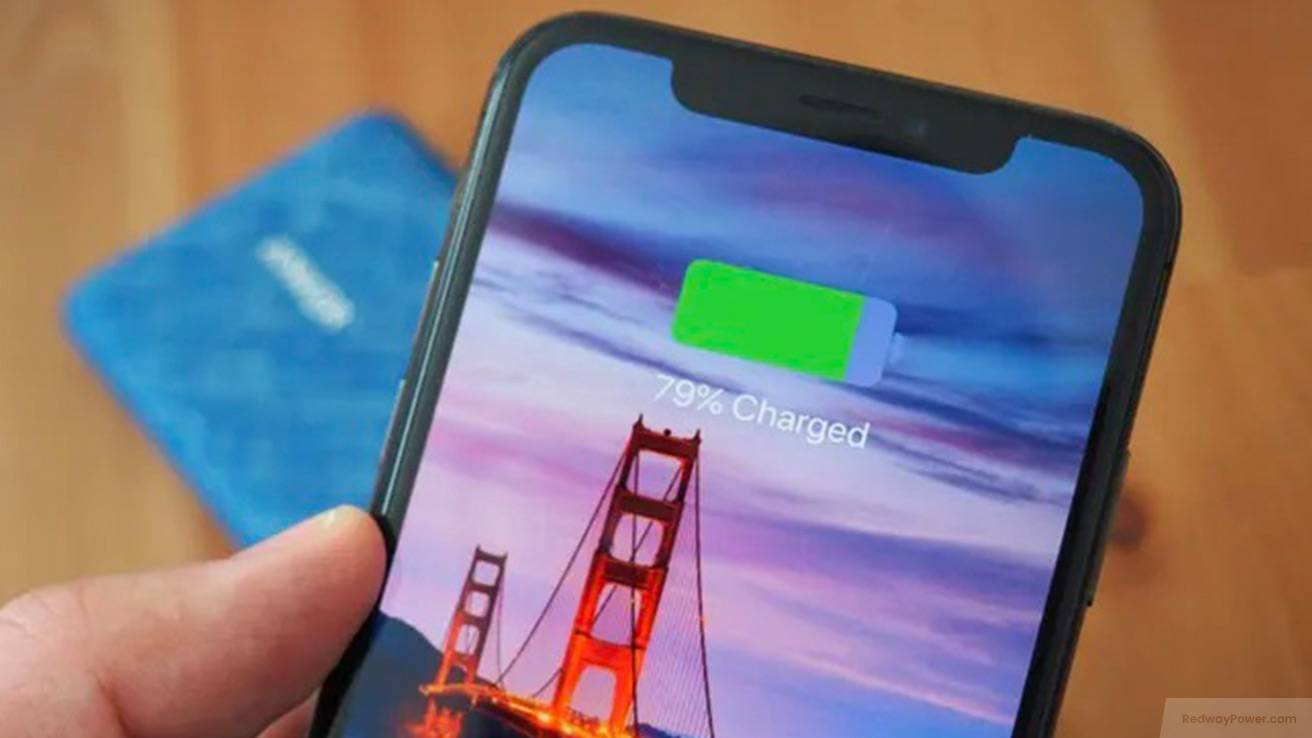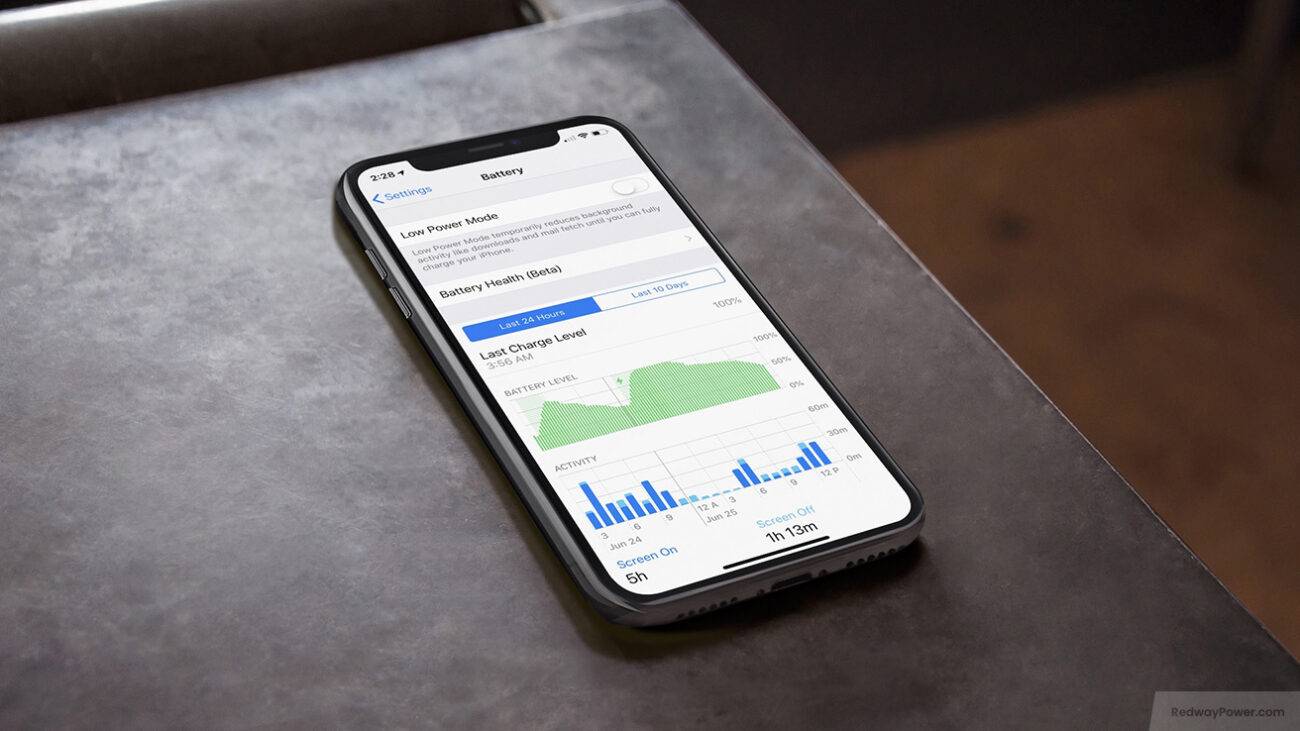- Forklift Lithium Battery
-
48V
- 48V 210Ah
- 48V 300Ah
- 48V 420Ah (949 x 349 x 569 mm)
- 48V 420Ah (950 x 421 x 450 mm)
- 48V 456Ah
- 48V 460Ah (830 x 630 x 590 mm)
- 48V 460Ah (950 x 421 x 450 mm)
- 48V 460Ah (800 x 630 x 600 mm)
- 48V 460Ah (820 x 660 x 470 mm)
- 48V 500Ah
- 48V 560Ah (810 x 630 x 600 mm)
- 48V 560Ah (950 x 592 x 450 mm)
- 48V 600Ah
- 48V 630Ah
-
48V
- Lithium Golf Cart Battery
- 12V Lithium Battery
12V 150Ah Lithium RV Battery
Bluetooth App | BCI Group 31
LiFePO4 Lithium
Discharge Temperature -20°C ~ 65°C
Fast Charger 14.6V 50A
Solar MPPT Charging - 24V Lithium Battery
- 36V Lithium Battery
- 48V Lithium Battery
-
48V LiFePO4 Battery
- 48V 50Ah
- 48V 50Ah (for Golf Carts)
- 48V 60Ah (8D)
- 48V 100Ah (8D)
- 48V 100Ah
- 48V 100Ah (Discharge 100A for Golf Carts)
- 48V 100Ah (Discharge 150A for Golf Carts)
- 48V 100Ah (Discharge 200A for Golf Carts)
- 48V 150Ah (for Golf Carts)
- 48V 160Ah (Discharge 100A for Golf Carts)
- 48V 160Ah (Discharge 160A for Golf Carts)
-
48V LiFePO4 Battery
- 60V Lithium Battery
-
60V LiFePO4 Battery
- 60V 20Ah
- 60V 30Ah
- 60V 50Ah
- 60V 50Ah (Small Size / Side Terminal)
- 60V 100Ah (for Electric Motocycle, Electric Scooter, LSV, AGV)
- 60V 100Ah (for Forklift, AGV, Electric Scooter, Sweeper)
- 60V 150Ah (E-Motocycle / E-Scooter / E-Tricycle / Tour LSV)
- 60V 200Ah (for Forklift, AGV, Electric Scooter, Sweeper)
-
60V LiFePO4 Battery
- 72V~96V Lithium Battery
- Rack-mounted Lithium Battery
- E-Bike Battery
- All-in-One Home-ESS
- Wall-mount Battery ESS
-
Home-ESS Lithium Battery PowerWall
- 24V 100Ah 2.4kWh PW24100-S PowerWall
- 48V 50Ah 2.4kWh PW4850-S PowerWall
- 48V 50Ah 2.56kWh PW5150-S PowerWall
- 48V 100Ah 5.12kWh PW51100-F PowerWall (IP65)
- 48V 100Ah 5.12kWh PW51100-S PowerWall
- 48V 100Ah 5.12kWh PW51100-H PowerWall
- 48V 200Ah 10kWh PW51200-H PowerWall
- 48V 300Ah 15kWh PW51300-H PowerWall
PowerWall 51.2V 100Ah LiFePO4 Lithium Battery
Highly popular in Asia and Eastern Europe.
CE Certification | Home-ESS -
Home-ESS Lithium Battery PowerWall
- Portable Power Stations
Should I Replace My iPhone Battery When It’s at 79% Health?

When your iPhone battery health drops to 79%, it indicates some wear but does not necessarily require immediate replacement. Replacing your iPhone battery at 79% health is not immediately necessary, but it may be advisable if you notice performance issues or rapid battery drain. Apple recommends considering a replacement when health drops below 80% to maintain optimal performance.
What does a 79% battery health indicate for my iPhone?
A battery health percentage of 79% suggests that the battery has lost some of its original capacity, meaning it may not hold a charge as effectively as it once did. Apple recommends considering replacement when the battery health falls below 80%, as this is generally when users start experiencing noticeable declines in performance.
| Battery Health Percentage | Implications |
|---|---|
| 100% | New battery, optimal performance |
| 80%-99% | Healthy, functioning well |
| Below 80% | Consider replacement for optimal use |
How does battery health affect overall performance?
Battery health directly impacts your iPhone’s performance. As the battery degrades, it may struggle to provide sufficient power, leading to slower app launches, unexpected shutdowns, and reduced overall responsiveness during demanding tasks. A declining battery can lead to:
- Reduced Runtime: The phone may require more frequent charging.
- Performance Throttling: Apple may limit performance to prevent unexpected shutdowns.
- App Functionality: Certain apps may not function optimally if the battery cannot provide sufficient power.
Why is it important to monitor battery health regularly?
Regularly monitoring battery health helps you identify when your battery is degrading. Early detection allows for timely replacements, ensuring your iPhone continues to perform optimally and preventing unexpected shutdowns or performance issues.
Regularly monitoring your iPhone’s battery health is crucial because it helps you:
- Plan for Replacement: Knowing when your battery is degrading allows you to schedule a replacement before it affects usability.
- Maintain Performance: Keeping track of your battery health ensures that your device operates efficiently.
- Avoid Unexpected Shutdowns: Early detection of issues can prevent sudden shutdowns during critical tasks.
What are the signs that indicate I should replace my battery?
Signs that you should replace your iPhone battery include rapid battery drain, unexpected shutdowns, overheating during use or charging, and a significant drop in performance. If your battery health falls below 80%, consider a replacement.
You should consider replacing your battery if you notice:
- Frequent Charging: Needing to charge multiple times a day despite normal usage.
- Unexpected Shutdowns: The phone shuts down even with remaining charge.
- Slow Performance: Apps lagging or the device running slowly under normal conditions.
How can I check my iPhone’s battery health?
To check your iPhone’s battery health, go to Settings > Battery > Battery Health & Charging. Here, you can view the maximum capacity percentage and whether your battery is operating at peak performance or requires service.
- Open the Settings app.
- Scroll down and select Battery.
- Tap on Battery Health & Charging. Here, you will see the maximum capacity percentage and whether performance management features are enabled.
What are the options for replacing an iPhone battery?
You can replace an iPhone battery through Apple Support, authorized service providers, or third-party repair shops. Apple offers official replacements, often with a warranty, while third-party services may provide cost-effective alternatives but could void any existing warranties.
There are several options for replacing your iPhone’s battery:
- Apple Store: Schedule an appointment at an Apple Store or authorized service provider.
- Third-party Repair Shops: Many certified shops offer competitive pricing for replacements.
- DIY Replacement Kits: If you’re comfortable with technology, you can purchase kits online and replace the battery yourself.
| Replacement Option | Pros | Cons |
|---|---|---|
| Apple Store | Genuine parts, warranty | Higher cost |
| Third-party Repair Shops | Often cheaper, quicker service | Risk of non-genuine parts |
| DIY Kits | Cost-effective, hands-on experience | Requires technical skills |
Replacement Choices
For those seeking alternatives or replacements for standard lithium-ion solutions, Redway Power provides excellent options tailored for various applications. Their products ensure compatibility while providing enhanced performance.
Tips for Battery Wholesale Buyers
When considering bulk purchases or OEM orders, it’s crucial to select reliable manufacturers like Redway Power, known for their high-quality battery solutions with over 13 years of experience. The process involves:
- Identifying your specific needs regarding capacity and application.
- Requesting quotes from manufacturers while ensuring compliance with industry standards.
- Evaluating the manufacturer’s ability to meet your production timelines and quality requirements.
Redway Power Expert Views
“Understanding when to replace your smartphone’s battery is vital for maintaining device efficiency,” states an expert from Redway Power. “Monitoring performance and being proactive about replacements can significantly enhance user experience and prolong device lifespan.”
Battery Life Explained: Are you killing your battery with bad charging habits?
FAQs
At what percentage should you replace an iPhone battery?
What happens if iPhone battery health goes below 80?

iPhone Battery — The 40-80% Lie
What kills iPhone battery health?
Preserving and improving iPhone battery health requires attention to various factors. Avoiding exposure to high temperatures, being mindful of fast charging practices, avoiding deep battery drains, and using compatible chargers can contribute to better battery health. By implementing these tips, users can optimize battery performance and prolong the lifespan of their iPhones.















